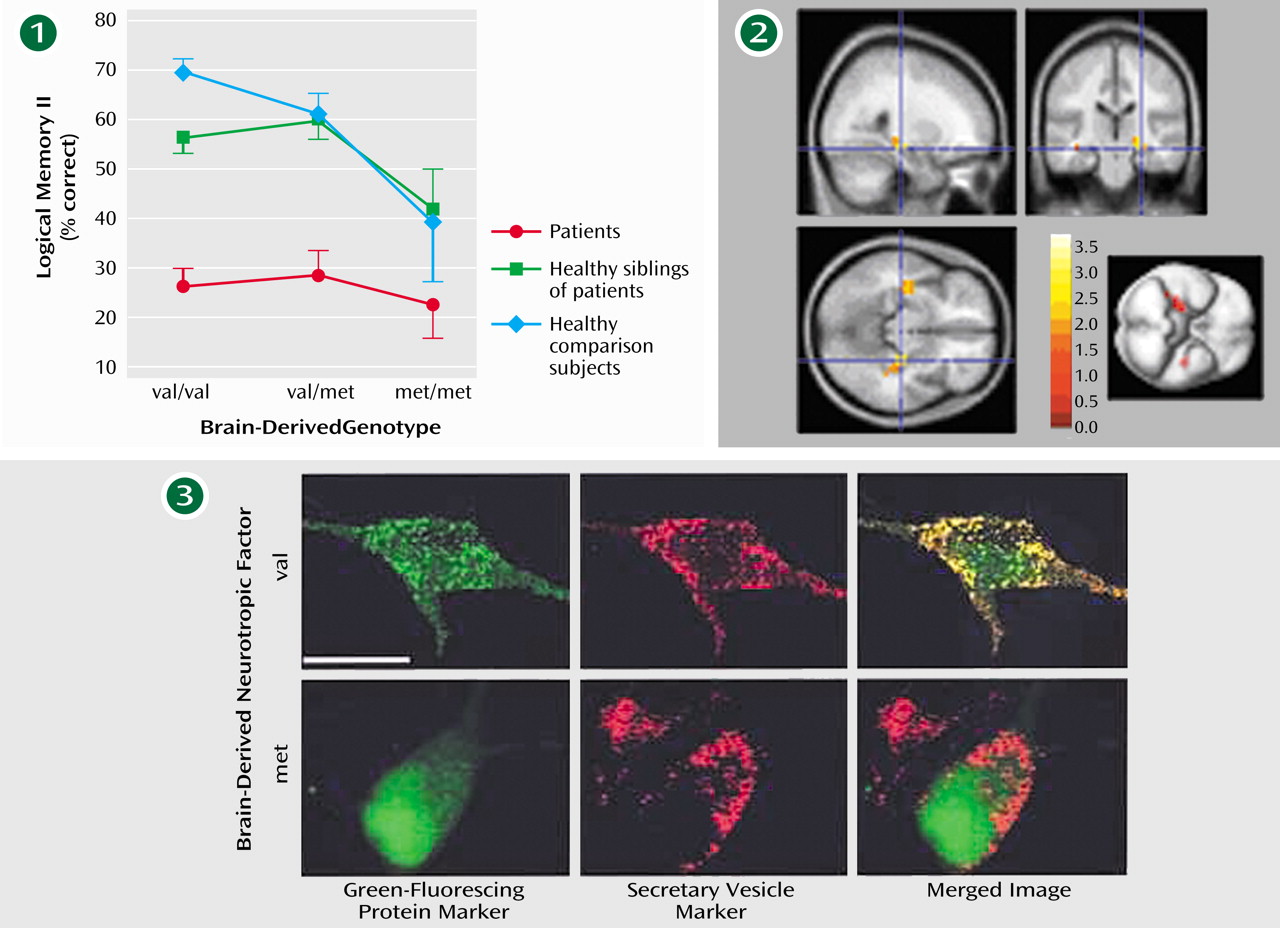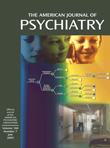Genetic transmission is known to be involved in the etiology of schizophrenia. Some genes and chromosomal regions have already been associated with a greater risk for the illness, although no single gene or genes have been definitively identified as causal for schizophrenia. The gene for brain-derived neurotropic factor (BDNF) has been implicated in the risk for schizophrenia. Each human gene has one or more different structural variants (alleles) that are determined in part by past mutations and their permanent incorporation into the human genome. This is also true for the BDNF gene. One frequent nonconservative polymorphism for BDNF is a single nucleotide polymorphism found at nucleotide 196 that produces an amino acid substitution (valine to methionine, resulting in val66met). In the rodent brain, BDNF functions to facilitate long-term potentiation in the hippocampus, possibly by enhancing high-frequency synaptic transmission and vesicle docking. Because long-term potentiation is the molecular substrate of learning and memory, we hypothesized that BDNF also plays a role in facilitating human learning and memory through its actions in the hippocampus and thereby affects risk for schizophrenia. Therefore, we looked for subtle cognitive and physiological differences between persons with the two BDNF alleles using measures in which BDNF should have a functional impact and show risk for schizophrenia.
We tested healthy comparison subjects, patients with schizophrenia, and their healthy siblings in three different ways: by measuring cognitive performance on tests of learning and memory, by examining task-activated regional cerebral blood flow (rCBF) (from blood-oxygen-level-dependent functional magnetic imaging response), and by measuring N-acetylaspartate (a measure of neuronal integrity) in the hippocampus—all in vivo. Our results revealed that 1) persons with one or two met BDNF alleles (instead of the more common val allele) had measurably lowers abilities to perform tasks of learning and memory, 2) persons with met BDNF alleles had abnormal rCBF in medial temporal regions (including the hippocampus) during the performance of tasks of learning and memory, and 3) levels of N-acetylaspartate were lower in persons with met BDNF alleles. The met allele did not, however, affect risk for schizophrenia. Furthermore, in basic cell biology experiments, we showed that the met allele is not appropriately packaged into secretory vesicles, as is the val allele. These data show that a variant in the BDNF gene (the met allele), although it produces deleterious effects on aspects of normal cognition, BDNF protein trafficking, and task-activated brain physiology, does not affect risk for schizophrenia. However, the met BDNF allele’s extra load of diminished performance on functions of learning and memory may contribute to the cognitive impairments seen in subjects with schizophrenia.


